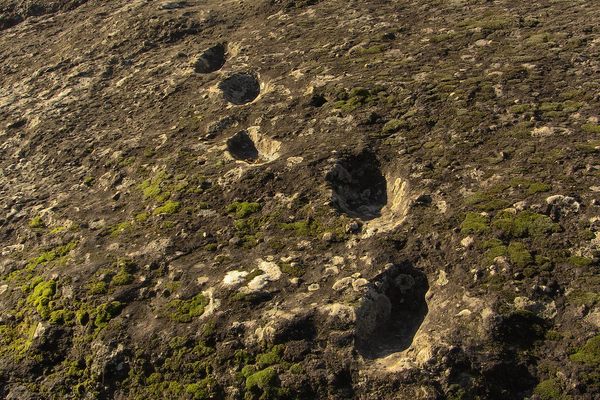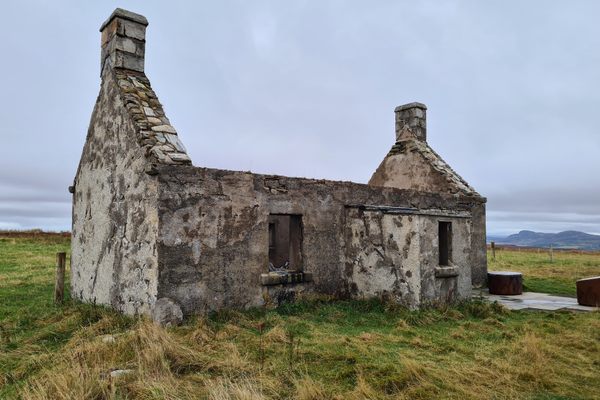Charles Moulin's Hut
The hermit's humble home is hidden near the forested peak of Monte Marrone.
Just a few hundred meters away from the peak of Monte Marrone, where a great battle was fought between the German Army and the Italian Liberation Corps in 1944, an unmarked path leads to a simple stone hut built between two boulders.
This hut, with its extraordinary view over the valley of the High Volturno below, was once the retreat of the French hermit painter Charles Moulin. Its simple drystone technique makes it almost unnoticeable to the passing visitor. The door is unlocked and, upon entering, a few objects and simple pieces of furniture have been left, illustrating the simplicity of the artist’s solitary life in the mountains.
Moulin won the prestigious Prix de Rome in 1896 and then discovered the wild landscapes of the Central Apennines. He moved to Molise in 1919, a region famous then for its bagpipe players (zampognari), whom Moulin had met in Paris years before.
Moulin conducted his unusual life, retiring to the woods and mountains of the Mainarde range, yet he remained popular among the locals, to whom he gifted paintings and taught the French language and who called him the “Bear of the Mainarde.”
He died, aged 91, at the hospital in the nearby town of Isernia, leaving behind the memory of a kind, somewhat unusual man with supposed supernatural powers, which is still fondly celebrated by the inhabitants of Castelnuovo al Volturno, who have dedicated a small museum to the artist.
Know Before You Go
The trail to the hut is unmarked, but if you climb the peak of Monte Marrone and follow the ridge towards the south, after approximately 400-500 meters you will notice some boulders on the right: the hut is built between them.
















Follow us on Twitter to get the latest on the world's hidden wonders.
Like us on Facebook to get the latest on the world's hidden wonders.
Follow us on Twitter Like us on Facebook